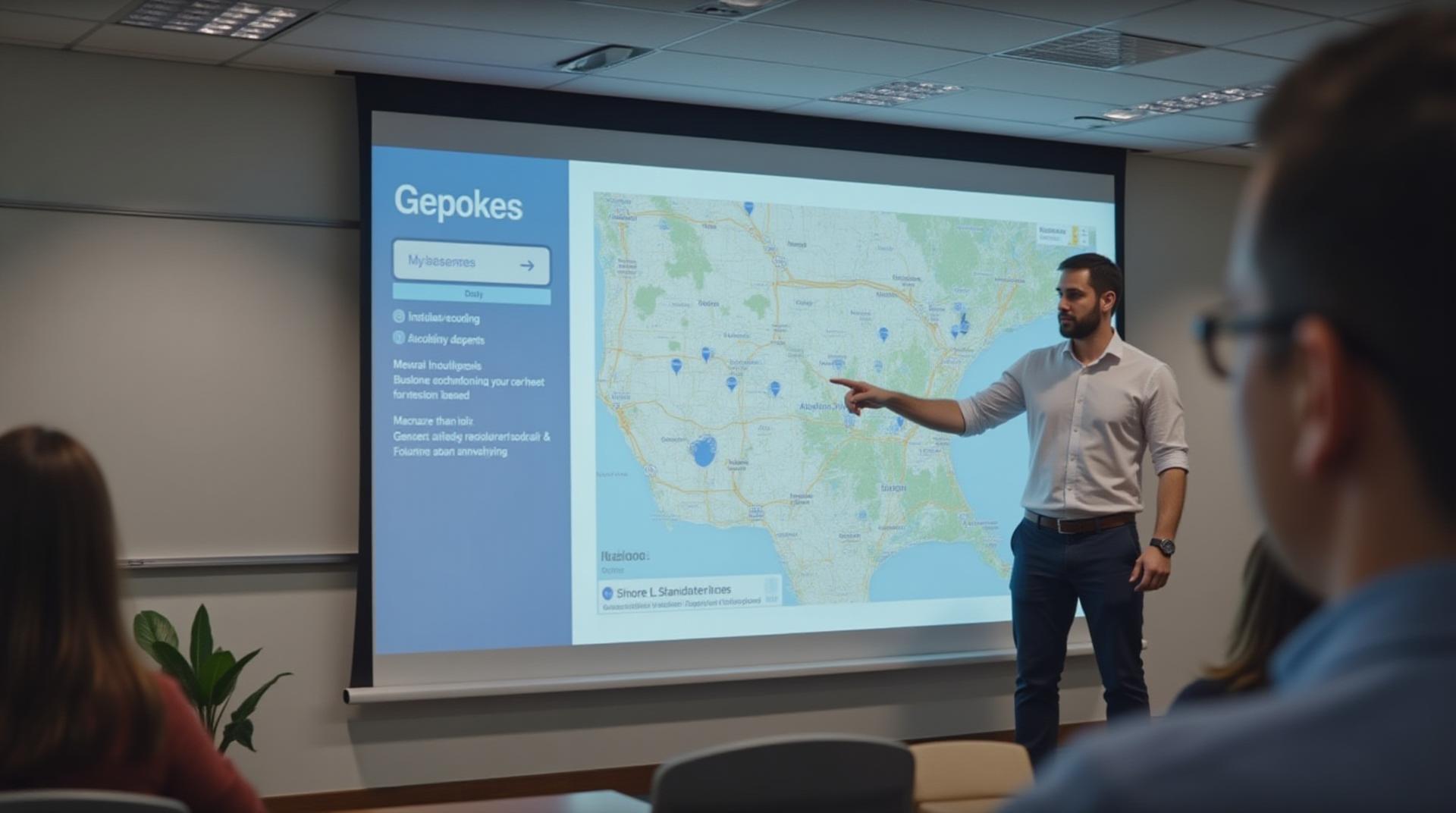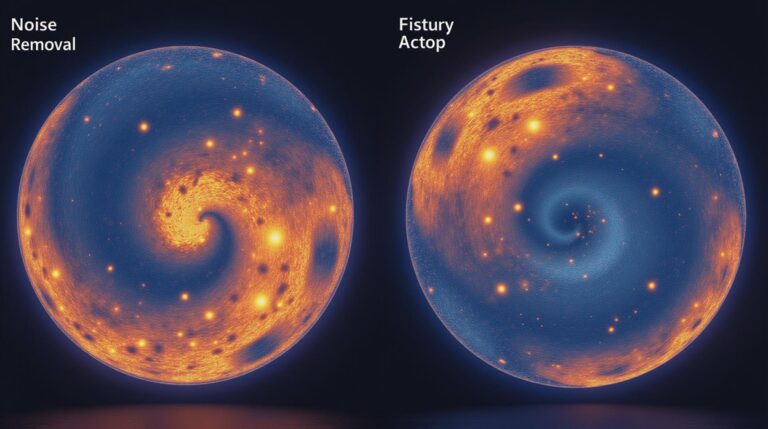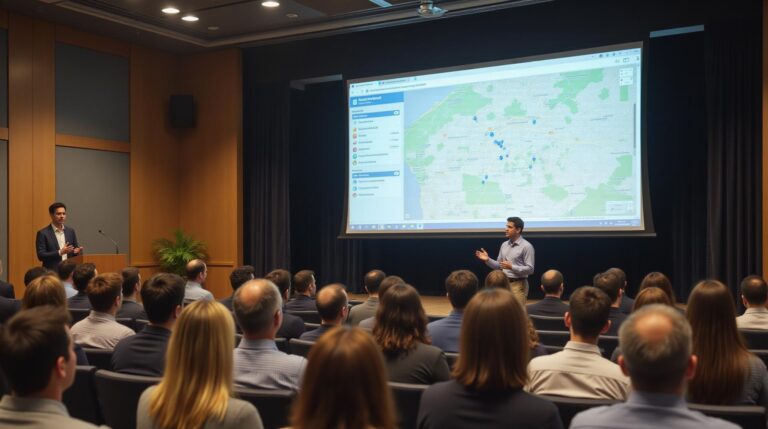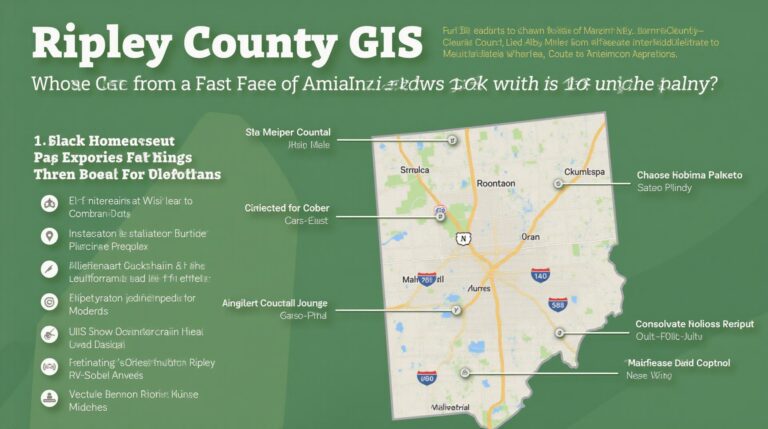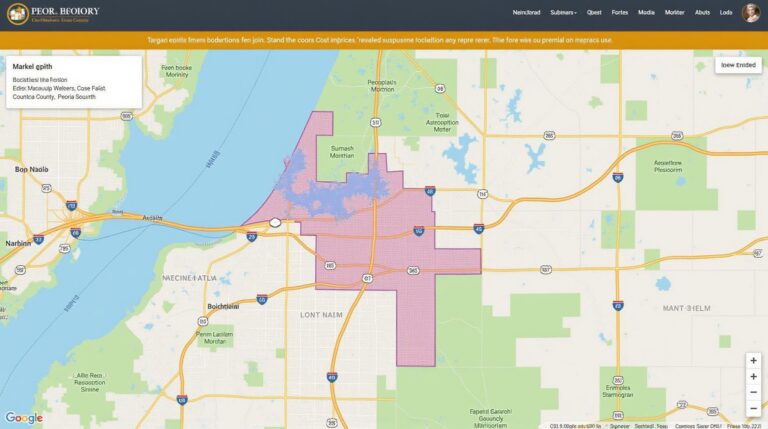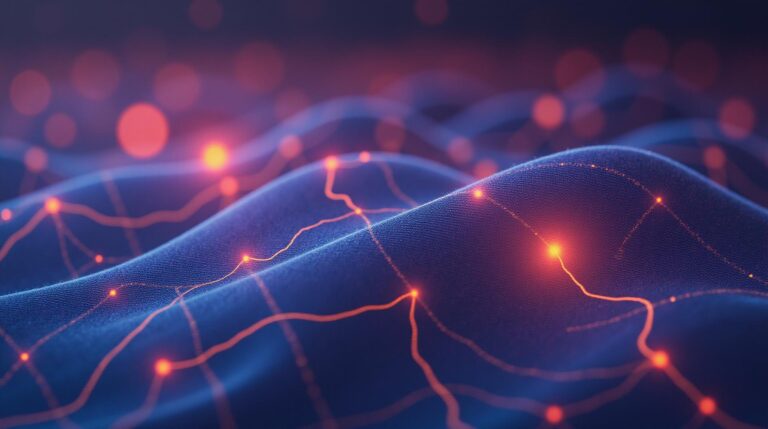GeoAI for Smart Energy Management – Demand Response
GeoAI for Smart Energy Management: Demand Response
The energy landscape is changing, and with advancements in technology, we’re seeing the rise of smart cities and smart grids. A crucial element in this journey towards sustainable energy is demand response, and GeoAI is playing a pivotal role in optimizing its implementation.
Understanding Demand Response
Demand response is a core strategy for managing energy demand more efficiently. Essentially, it involves shifting energy consumption towards off-peak times, thereby reducing the strain on the energy grid and minimizing costs.
While traditional demand response relied on manual actions and traditional infrastructure, GeoAI enables a more dynamic, real-time response to fluctuating energy demands.
GeoAI: The Power of Location
GeoAI leverages the power of Geographic Information Systems (GIS) and Artificial Intelligence to analyze location-specific data. This enables a far more nuanced understanding of energy consumption patterns.
- Location data can be integrated with weather, traffic, population density, and time of day to predict how energy usage will fluctuate.
- Earth observation data from satellites can be incorporated to assess energy availability from renewable sources, such as solar and wind.
- Historical and real-time energy usage patterns provide valuable information for identifying anomalies and predicting future demand.
Benefits of GeoAI for Smart Demand Response
The implementation of GeoAI technology offers several indispensable benefits:
- Accurate Energy Predictions: GeoAI can construct more accurate and accurate energy demand forecasts based on real-time data and complex analytical models.
- Improved Resource Optimization: Smart grids can intelligently adjust power supply based on location-specific needs, efficiently using assets like distributed energy resources.
- Increased Revenue and Cost Savings: Dynamically altering energy consumption reduces peak demand, minimizing investment costs and increasing grid resilience.
- Environmental Sustainability: GeoAI-driven demand response actively manages energy consumption, contributing to reduced carbon emissions and a cleaner energy future.
Practical Applications of GeoAI for Demand Response
GeoAI’s potential to refine energy management goes beyond abstract benefits. There are numerous real-world applications:
- Automated Demand Response Programs: GeoAI algorithms can activate automated demand response programs in response to real-time energy fluctuations. This ensures optimal grid alignment and minimizes energy loss.
- Incentivized Demand Response Programs: By providing incentives for participating in demand response programs, GeoAI can drive greater energy savings and create a more accountable system.
- Distributed Energy Resource Management: GeoAI provides resources to manage distributed energy assets through integrated demand response plans.
Further Resources for Engaging with GeoAI for Demand Response
Exploring the world of GeoAI for demand response offers immense possibilities for a more sustainable future.
- International Energy Agency (IEA): > https://www.iea.org/
- GE’s Digital Energy:** > https://www.generalelectric.com/business/digital-energy/
- Schneider Electric’s Grid Lab:** > https://www.schneider-electric.com/en/innovation/mobility-and-smart-cities/insights/grid-lab-report
By embracing GeoAI and its powerful applications of location-based data analysis, we’re paving the way for smarter, more resilient, and sustainable energy solutions.
Check similar topics:
“`html
FAQ
What is GeoAI-Energy Management?
GeoAI-Energy Management is a cutting-edge technology using Artificial intelligence to analyze geographic data and manage energy systems effectively. It analyzes real-time data like weather patterns, solar irradiance, grid load, and energy consumption to guide optimized energy consumption and generation decisions.
What are the formats of GeoAI-Energy Management tools?
GeoAI-Energy Management tools exist in various formats, including:
- Cloud-Based Software
- On-Premise Servers
- API Integrations
How does GeoAI-Energy Management work?
Here’s how GeoAI-Energy Management typically operates:
- Geo-coordinates data collection: Including weather, solar irradiance, wind data, and other relevant data.
- Data processing: Analyzing the collected data using AI algorithms to identify patterns, trends, and anomalies.
- Energy optimization: Recommending and implementing actions to optimize energy usage, generation, and storage.
What are the benefits of using GeoAI-Energy Management?
GeoAI-Energy Management offers various advantages:
- Increased Energy Efficiency
- Reduced Operational Costs
- Improved Grid Stability
- Enhanced Renewable Energy Integration
Where can I find more information about GeoAI-Energy Management?
To learn more about GeoAI-Energy Management, visit our dedicated section on our website: Here
Summary
GeoAI-Energy management is a vital technology revolutionizing the way we think about energy sustainability and the grid.
By leveraging advanced AI algorithms trained on real-time geographic data, GeoAI enables efficient energy management, reduces reliance on traditional energy sources, and optimizes decision-making processes, contributing to a more sustainable and resilient future. If you are looking to integrate GeoAI-Energy Management into your business, start by visiting www.techgeo.org.
“`
**Important Considerations:**
* **Tailor the content**: Generally, this FAQ format covers common topics. Adapt it to your specific GeoAI-Energy Management offerings and related projects at TechGeo.org by adding specifics about the tools you develop.
* **Add Visuals**: Images, infographics, or video demonstrations can make the content easily engaging.
* **Engage with Users**: Utilize “Ask a Question” or “Contact Us” links to help users directly engage with TechGeo.org.
Let me know if you have any other specific content you’d like added to this FAQ, and I’ll be happy to help.

